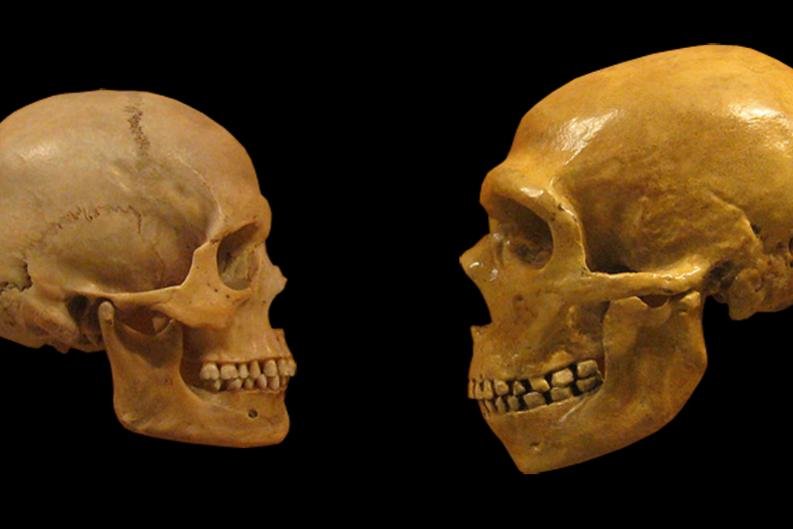What if it were you?
Fighting the 'globalization of indifference' on the refugee crisis
BY MICHEL D. LANDRY,
OPINION CONTRIBUTOR — 02/23/2020
THE VIEWS EXPRESSED BY CONTRIBUTORS ARE THEIR OWN
AND NOT THE VIEW OF THE HILL

© Getty Images
Suppose I asked what country bears the heaviest burden in the world’s deteriorating refugee crisis. Based on rising anti-immigration rhetoric in the United States and parts of Europe, you might assume that wealthy countries accept more than their share of those displaced by war and persecution.
How long would it take before you considered Lebanon? A country of 6 million people the size of Connecticut, Lebanon is home to approximately 1.5 million refugees, the highest per capita of any country, suggesting that one in four people in that country is a refugee.
Lebanon is not alone; of the 70 million people forcibly displaced in 2019 — the largest number ever recorded by the United Nations — 85 percent ended up in low- and middle-income countries such as Lebanon, Turkey, Jordan, and Iran. This outcome can partially be explained by their proximity to active conflict zones; nearly 60 percent of global refugees fled from just three conflict-torn countries — Syria, Afghanistan and South Sudan.
However shocking, these figures hide an even more disturbing trend: the backpedaling of many wealthy countries away from their legal and ethical commitments to resettle refugees. While the United States has resettled a great number of refugees since World War II, it accepted only 23,000 refugees in 2018 — a 76 percent drop since 2016. The U.S. government recently announced that it will reduce its so-called “acceptance ceiling” even further next year, which will result in the lowest number of refugee acceptances in this country in more than 40 years.
The European Union has used similar political jujitsu to restrict the entry of refugees, brokering a deal with Turkey in 2016 to bar asylum seekers from passing into Europe thereby successfully paying billions to keep refugees out. Canada meanwhile hosted only 28,000 refugees in 2018.
These actions amount to a “globalization of indifference” toward the plight of refugees. As wealthy countries shrink their commitments, they defy the spirit of international refugee agreements and shift responsibilities onto less-wealthy countries, which already struggle to provide for their own populations, much less accommodate hundreds of thousands of refugees who arrive with complex health and social service needs.
Over the past 20 years, I have worked as a physical therapist in conflict and disaster zones, and have witnessed the circumstances that cause refugees to flee, and the appalling conditions they endure in their journey. I have listened to their stories, and I have seen the pain and anxiety they experience once they arrive in a new country. I have learned that we cannot expect countries such as Lebanon, which sits in its own fragile geopolitical space, to meet the long-term needs of so many refugees. They can no longer bear the weight of our collective neglect.
It is encouraging, however, that some high-income countries are stepping up. Germany, for example, has accepted more than a million refugees since the start of the Syrian crisis in 2011. Australia, Sweden and Norway have begun accepting higher numbers of refugees and have developed plans to scale up their health and social infrastructure to accommodate.
But the urgency of the crisis demands more. Last week, a fishing boat carrying Rohingya refugees sank in the Bay of Bengal, killing dozens. The boat was likely operated by traffickers and was dangerously overcrowded, but hundreds of Rohingya boarded it anyway, hoping it would carry them away from unbearable persecution.
On that same day, the Trump administration released the proposed fiscal 2021 budget, which included a 21 percent cut to foreign aid, and a 50 percent reduction in support for the World Health Organization. These actions send a message to countries on the frontlines of the refugee crisis; you are on your own.
What if it were you were about to board that overcrowded fishing boat last week, armed with the knowledge that you are not likely to survive. Would you have gambled for a chance for a better future? The only sustainable solution to the refugee crisis is to strengthen the countries from which they originate, but in the meantime, wealthy nations should do their share a provide a lifeline for the growing number of refugees. We can and must do better.
Michel Landry is a professor of orthopedic surgery and global health at Duke University. He is a co-investigator of a project to train health professionals to more effectively and humanely care for refugees



















